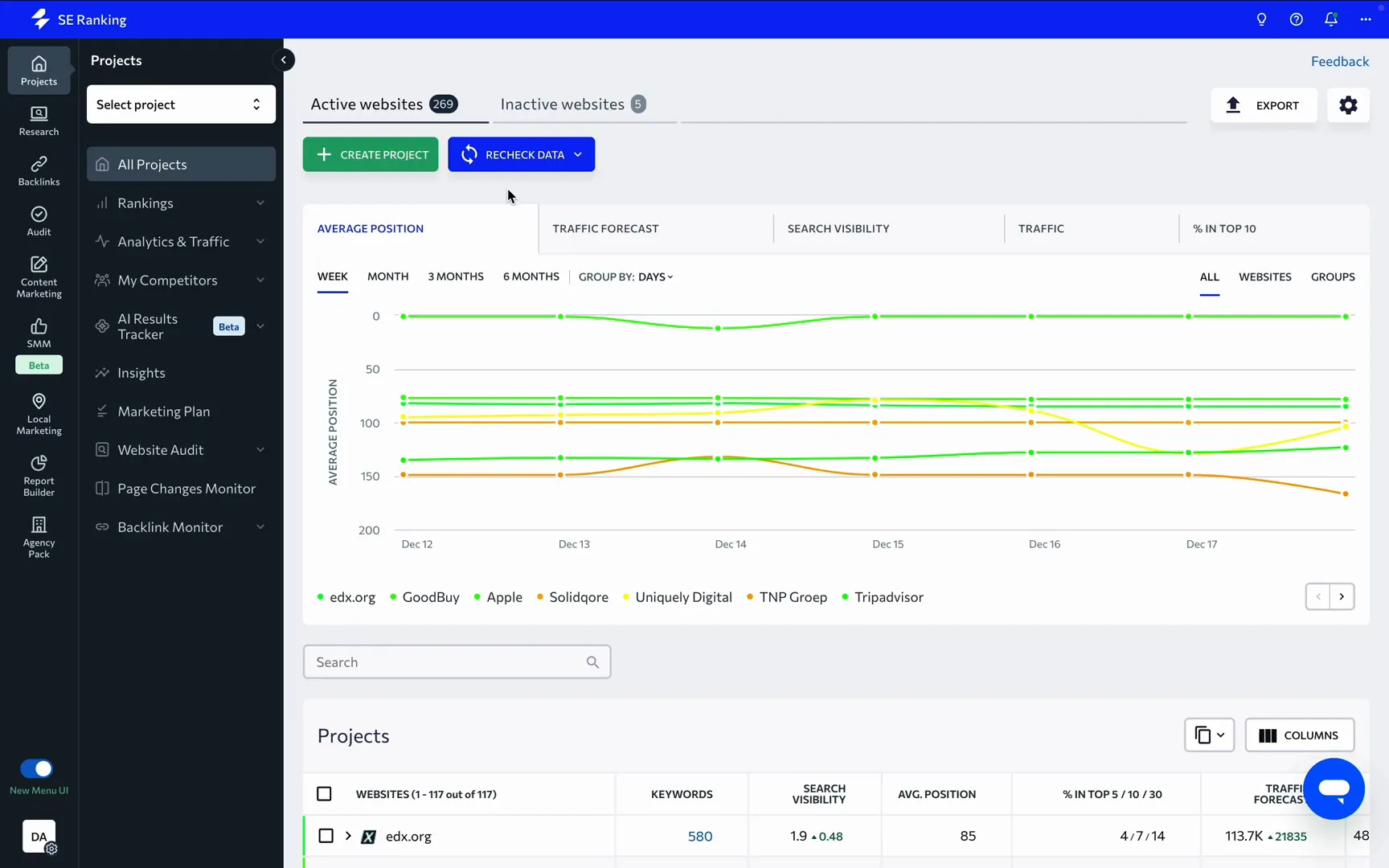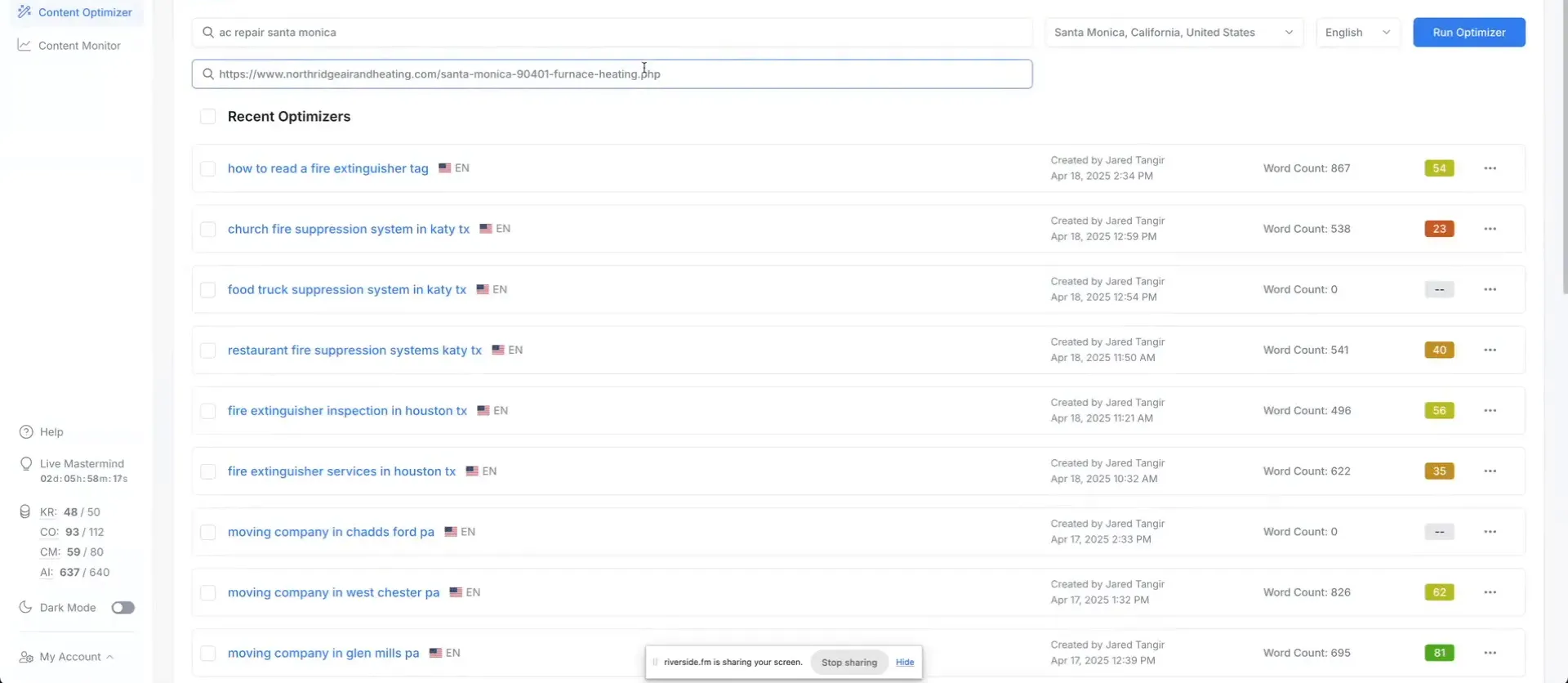In the competitive world of personal injury law, mastering SEO fundamentals is crucial for standing out in search results. This guide will walk you through essential steps to optimize your online presence effectively, ensuring you rank higher and attract more clients.
Table of Contents
- Step 1: Understand the Importance of SEO Basics
- Step 2: Analyze Competitive Keywords
- Step 3: Assess Competitor Websites for Optimization
- Step 4: Identify Intent Mismatch in Keywords
- Step 5: Optimize Page Titles and Descriptions
- Step 6: Structure URLs for Relevance
- Step 7: Evaluate Domain Authority and Backlinks
- Step 8: Focus on One Primary Service per Page
- Step 9: Ensure H1 Tags Are Optimized
- Step 10: Avoid Over-Optimization
- Step 11: Maintain Geographic Relevance
- Step 12: Model Successful Competitor Strategies
- Step 13: Build a Comprehensive Content Strategy
- Step 14: Invest in Quality Backlinks
- Step 15: Consider Professional SEO Training
- FAQ: Common Questions About SEO for Personal Injury Lawyers
Step 1: Understand the Importance of SEO Basics
Before diving into advanced SEO tactics, it’s crucial to grasp the fundamentals. Many businesses overlook basic SEO, focusing instead on complex strategies. However, without a solid foundation, even the most sophisticated techniques will falter.
SEO basics include keyword research, on-page optimization, and understanding search intent. Mastering these elements ensures your website is set up for success in search engine rankings.

Step 2: Analyze Competitive Keywords
Identifying competitive keywords is a vital step in optimizing your site. Start by researching keywords relevant to your niche, particularly those with high search volumes and commercial intent. Tools like Google Keyword Planner or SEMrush can aid in this process.
Once you have a list, analyze the competition for these keywords. Look for gaps where your website can provide better content or a more optimized experience than existing competitors.

Step 3: Assess Competitor Websites for Optimization
Evaluating competitor websites is essential. Look at their on-page SEO, including title tags, meta descriptions, and header tags. Determine how well they optimize for their target keywords and identify areas where you can improve.
Tools like Ahrefs or Moz can provide insights into competitors’ backlinks and domain authority. This information can help you strategize your own SEO efforts effectively.

Step 4: Identify Intent Mismatch in Keywords
One common pitfall in SEO is mismatching the intent behind keywords. For instance, if someone searches for “St. Louis injury attorney,” they may not be looking for a car accident attorney specifically. Understanding the nuances of search intent can significantly impact your optimization strategy.
Ensure that your content aligns with the specific intent of the keywords you are targeting. This alignment increases the likelihood of ranking higher in search results and attracting the right audience.
Step 5: Optimize Page Titles and Descriptions
Page titles and meta descriptions are crucial for attracting clicks from search results. Each page should have a unique title that includes the primary keyword and reflects the content accurately. Avoid generic titles; instead, make them compelling and relevant to entice users to click.
Meta descriptions should summarize the page’s content while incorporating relevant keywords. A well-crafted meta description can improve your click-through rate (CTR) and overall ranking.
Step 6: Structure URLs for Relevance
URL structure plays a significant role in SEO. Ensure that your URLs are concise, descriptive, and include relevant keywords. A well-structured URL not only improves SEO but also enhances user experience.
For example, a URL like www.example.com/st-louis-personal-injury-attorney clearly indicates the content of the page, making it more likely to rank well for that keyword.
Step 7: Evaluate Domain Authority and Backlinks
Your website’s domain authority and the quality of its backlinks are critical factors in SEO. A higher domain authority indicates a stronger website, which can lead to better rankings in search results.
Focus on acquiring high-quality backlinks from authoritative sites in your niche. This can be achieved through guest blogging, partnerships, or by creating valuable content that others want to link to.
Step 8: Focus on One Primary Service per Page
Each page on your website should focus on one primary service. This specialization helps search engines understand the content better and improves your chances of ranking for specific keywords.
For instance, if you offer multiple legal services, create separate pages for each service, such as “St. Louis Personal Injury Attorney,” “Car Accident Lawyer,” and “Medical Malpractice Attorney.” This structure enhances relevance and aligns with user intent, leading to improved rankings.
Step 9: Ensure H1 Tags Are Optimized
Optimizing H1 tags is a fundamental step in SEO that is often overlooked. The H1 tag serves as the main heading of your webpage, and it should clearly convey the primary topic of the page. Including your target keyword in the H1 tag can significantly impact your rankings.
Make sure each page has a unique H1 that accurately reflects its content. For example, if your page is about “St. Louis Personal Injury Attorney,” the H1 should read exactly that. This clarity helps both search engines and users understand the focus of your content.
Step 10: Avoid Over-Optimization
Over-optimization can be detrimental to your SEO efforts. While it’s essential to include keywords in your titles, meta descriptions, and content, doing so excessively can lead to penalties from search engines. Aim for natural usage of keywords, ensuring that your content remains readable and engaging.
Instead of stuffing keywords, focus on providing valuable content that addresses the needs of your audience. Utilize synonyms and related terms to create a richer context around your primary keyword.
Step 11: Maintain Geographic Relevance
For local businesses, maintaining geographic relevance is crucial. Ensure your content reflects the specific areas you serve. This not only helps with SEO but also connects with potential clients who are searching for services in their locality.
Include location-based keywords naturally within your content. For instance, if you’re targeting “St. Louis Personal Injury Lawyer,” weave in phrases like “serving the St. Louis area” or “local expertise in St. Louis personal injury cases.” This approach enhances your visibility in local searches.
Step 12: Model Successful Competitor Strategies
Analyzing successful competitors can provide invaluable insights into effective SEO strategies. Identify competitors who rank well for your target keywords and evaluate their content structure, keyword usage, and backlink profiles.
Look for patterns in their approach. Are they using specific keywords consistently? How is their content structured? What types of backlinks are they acquiring? Use this information to refine your strategy and emulate their success.
Step 13: Build a Comprehensive Content Strategy
A comprehensive content strategy is essential for long-term SEO success. This involves planning and creating content that addresses the needs and questions of your target audience. Consider developing a content calendar to organize topics, publication dates, and promotional strategies.
Incorporate various content formats, such as blog posts, videos, and infographics, to engage your audience effectively. Regularly update your content to maintain relevance and encourage return visits from users.
Step 14: Invest in Quality Backlinks
Backlinks remain a significant ranking factor in SEO. Focus on acquiring high-quality backlinks from reputable sources within your industry. This can be achieved through guest blogging, partnerships, or creating shareable content that naturally attracts links.
Avoid low-quality or spammy links, as they can harm your site’s credibility. Instead, aim for links from authoritative websites that align with your niche. Tools like Ahrefs or Moz can help you analyze your backlink profile and identify opportunities for improvement.
Step 15: Consider Professional SEO Training
If you’re serious about enhancing your SEO skills, consider investing in professional training. Programs like Digital Reach provide structured learning paths that cover everything from fundamentals to advanced tactics.
Training can offer insights into best practices and emerging trends, equipping you with the knowledge needed to stay competitive in the ever-evolving landscape of SEO.
FAQ: Common Questions About SEO for Personal Injury Lawyers
What are the most important SEO factors for personal injury lawyers?
Key factors include keyword optimization, quality content, backlinks, and local relevance. Ensuring your website is user-friendly and mobile-optimized is also crucial.
How long does it take to see results from SEO?
SEO is a long-term strategy, and it can take several months to see significant results. Regular updates and consistent efforts are essential for maintaining and improving rankings.
Should I hire an SEO professional or do it myself?
This depends on your expertise and resources. Hiring a professional can provide immediate benefits, while DIY SEO can be effective if you’re willing to invest time in learning and applying strategies.






